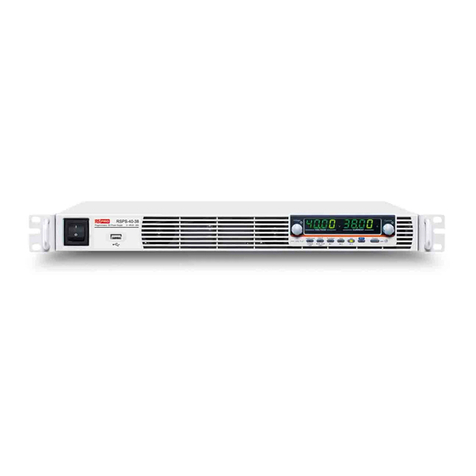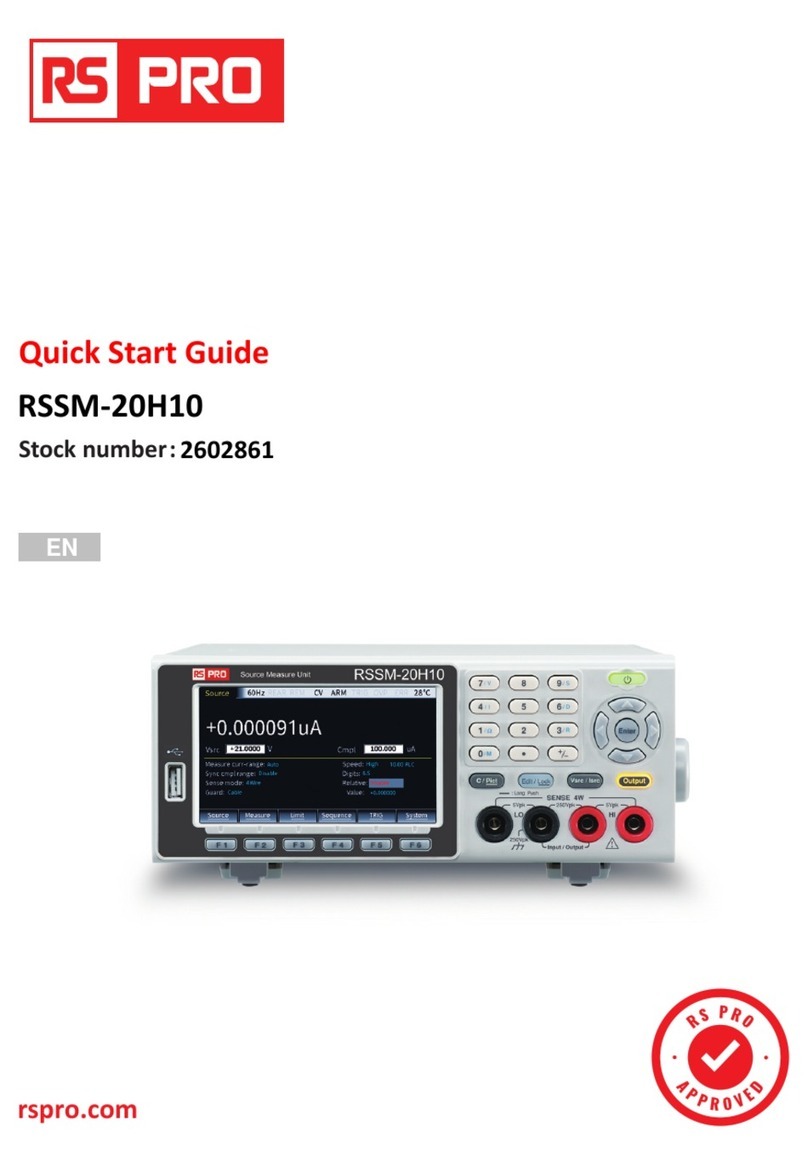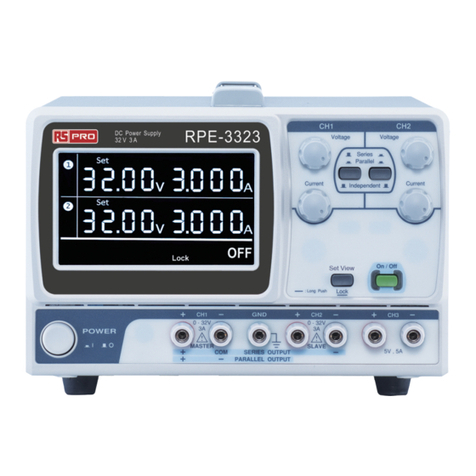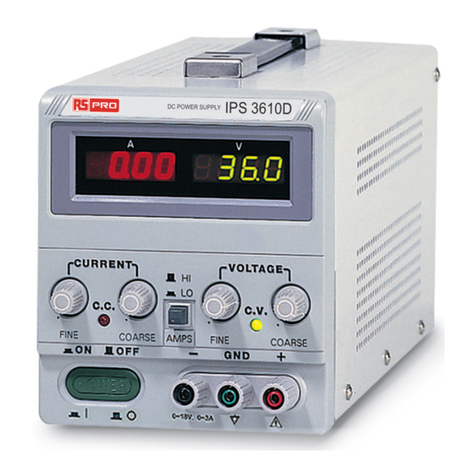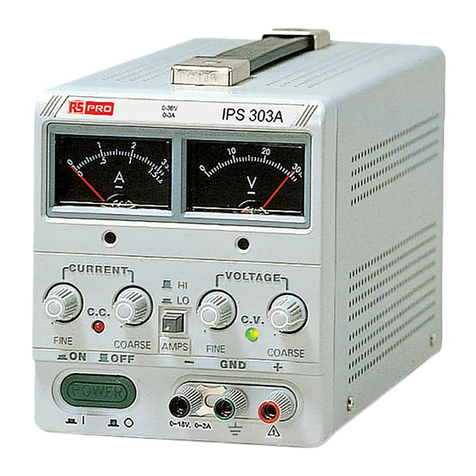
3
General Safety Summary
Please review the following safety precautions carefully to avoid personal injury or damage
to this product or any product connected to it. To prevent potential danger, please use the
instrument as specified.
Use proper power cord
Only the power cord designed for the instrument and authorized by local country could be
used.
Power supply
AC Input Voltages: 100V/110V/220V/230V ±10%, 50/60Hz.
Use proper fuse
The fuse types: 100V/110V: T6.3A/250V. 220V/230V: T3.15A/250V.
Make sure to use the correct type of fuse before turning on the instrument.
Do not connect the power cord before replacing the fuse.
Find out the reason why the fuse burned out before replacing the fuse.
Ground the instrument
The instrument is grounded through the protective terra conductor of the power cord. To
avoid electric shock, the grounding conductor must be connected to the earth. Make sure
that the instrument is properly grounded before any inputs or outputs.
Observe all terminal ratings
To avoid fire or electric shock, please observe all ratings and symbols on the instrument.
Read this guide carefully to know more details about the ratings before connection.
Keep proper ventilation
Inadequate ventilation may cause an increase of temperature, which will lead to further
damage. Please keep proper ventilation and check the fan and air-vents regularly when
using the instrument.
Operate condition
Location: indoor, no strong light, almost no Interfering pollution.
Comparative humidity: <80%
Altitude: <2000m; Temperature: 0℃to 40℃
Do not operate in an explosive atmosphere
To avoid personal injury or damage to instrument, please do not operate in an explosive
atmosphere.
Keep surface of the product clean and dry
To avoid dust or moisture in the air which may influence the performance of the instrument,
please keep surface of the product clean and dry.






